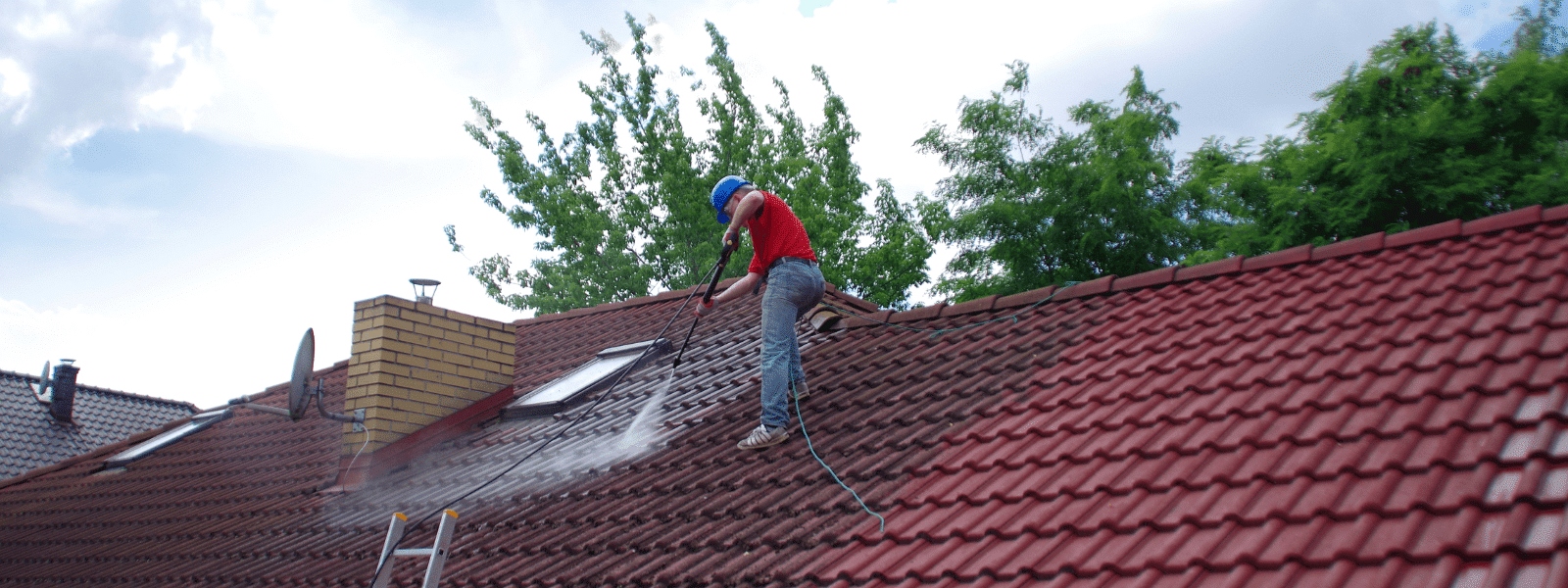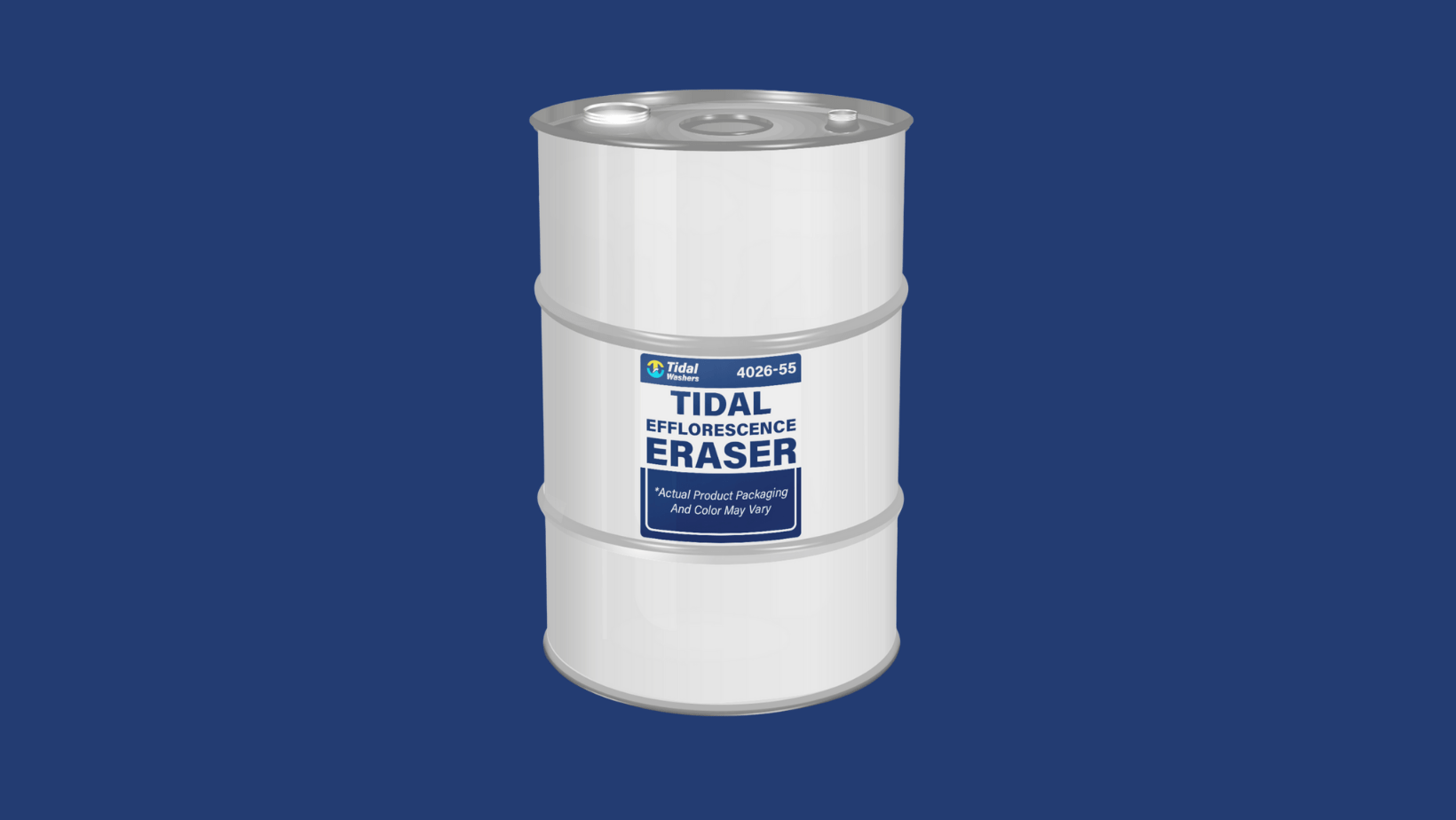Cleaning mold off asphalt shingles doesn’t have to be a difficult process. Read on to learn about the methods and types of cleaning that’ll help...
Blog


CHEMICAL INDUSTRY NEWS
Chemical Chat – Discover What’s New!
Alyssa’s Internship Experience
When I applied for an internship with Ecolink, it was 1 of the 40 internships I had applied for. By the end of my application process for all those...
The Benefits of Tidal Efflorescence Eraser
What Is Tidal Efflorescence Eraser? Tidal Efflorescence Eraser is an acidic cleaning solution whose principal ingredient is phosphoric acid...
Ayanna’s Internship Experience
When I saw Ecolink posted as an Internship opportunity on LinkedIn I knew I had to apply. While I have several...
Alyssa’s Internship Experience
When I applied for an internship with Ecolink, it was 1 of the 40 internships I had applied for. By the end of my...
Company News

Managed Services
Discover the Latest in Safe and Sustainable Chemical Solutions
Stay informed with Ecolink’s blog! Subscribe now
Chemical Management Information
Stay updated with us
Sign Up for the Latest Updates
Stay informed about chemical supply chain disruptions and emerging innovations to keep your business at the forefront of efficiency and innovation. Uncover new ways to make your business practices more sustainable by incorporating safer products into your cleaning lineup.


























